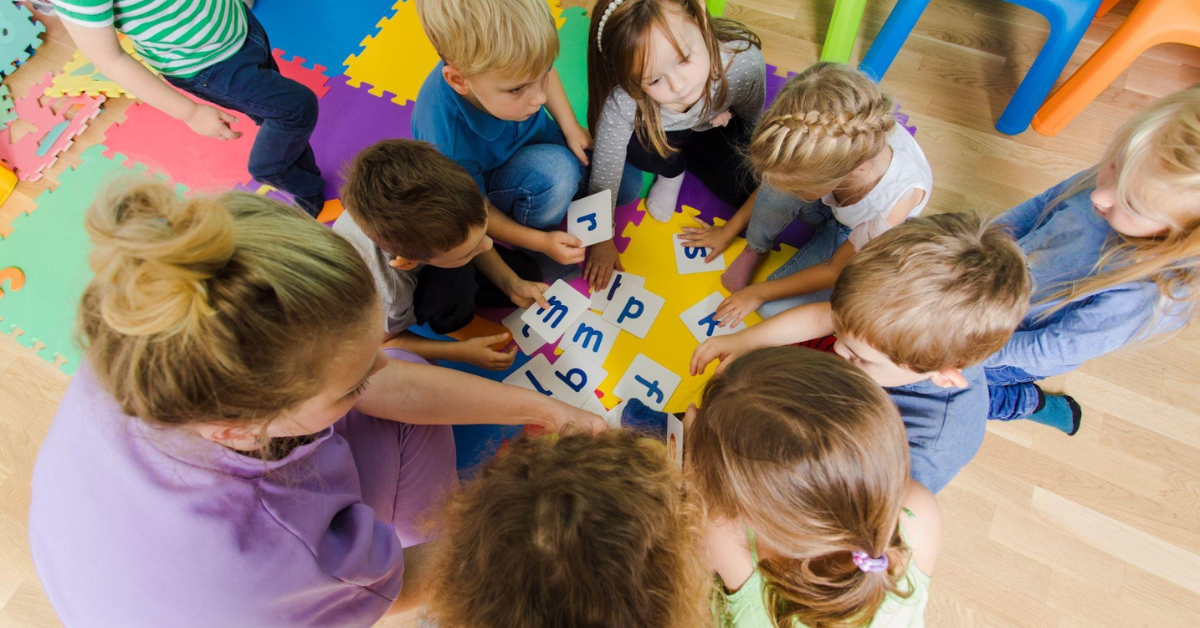
How Dynamic Learning Environments Foster Growth in Doral Preschools

*Collaborative Post
Early education shapes the way children think, feel, and interact with the world around them. Families searching for quality options want schools that do more than provide basic care. They seek places that nurture creativity, build confidence, and support curiosity. One approach to gaining recognition is the use of flexible and engaging classrooms that respond to the needs of children.
Parents exploring a dynamic preschool in Doral often notice that these environments emphasize adaptability and active participation. Instead of rigid lessons, children experience opportunities for hands-on exploration, collaboration, and problem-solving. Such environments encourage both academic readiness and personal growth while fostering joy in learning.
Understanding the Value of Dynamic Classrooms
A dynamic learning environment recognizes that children learn in varied ways. Some thrive through visual materials, while others respond best to movement or sound. Flexible classrooms offer diverse activities that appeal to different learning styles. This variety ensures that each child finds meaningful ways to engage with new concepts.
Classrooms that remain adaptable also allow teachers to respond to children’s interests. If a group becomes fascinated with building structures, educators can integrate math, science, and art into related projects. This responsiveness keeps learning relevant and meaningful.
Encouraging Exploration and Curiosity
Children grow most when they have the freedom to investigate questions and ideas. Dynamic preschools provide spaces where children can test hypotheses, create projects, and collaborate with peers. Materials are placed within reach so that children feel empowered to make choices.
Inquiry-driven activities, such as studying natural objects, building models, or experimenting with colors, cultivate curiosity. Children who learn to ask questions and search for answers develop skills that last well beyond preschool years.
Supporting Social Development Through Collaboration
Dynamic learning environments encourage children to work together in small groups. Collaboration helps children practice communication, problem-solving, and conflict resolution. These experiences prepare them for future teamwork in school and life.
Teachers in dynamic classrooms model respectful interaction and guide children in negotiating roles or sharing ideas. Such experiences build empathy and patience, while also reinforcing the value of cooperation. Families evaluating a dynamic preschool in Doral should observe how educators foster teamwork during daily routines.
Promoting Creativity and Self-Expression
Creative opportunities thrive in adaptable environments. Preschools that value expression integrate art, music, storytelling, and drama into daily schedules. Children experiment with paint, clay, instruments, and performance, using these tools to represent their ideas in multiple ways.
This emphasis on creativity strengthens problem-solving abilities and builds confidence. When children see their work displayed or shared, they understand that their voices matter. A dynamic preschool creates a culture where imagination and innovation are celebrated.
Integrating Academic Skills Into Play
Dynamic environments balance play with intentional learning. Teachers design activities that weave literacy, numeracy, and science into playful experiences. For example, building with blocks introduces geometry and measurement, while storytelling sessions enhance vocabulary and comprehension.
Children develop a positive association with academics when learning feels enjoyable. They practice essential skills without pressure, creating a smooth transition into elementary school. Parents should look for classrooms where academics are integrated naturally into exploration and discovery.
Ensuring Physical and Emotional Well-Being
A strong preschool program considers the whole child. Dynamic classrooms include opportunities for both fine and gross motor development. Children build hand strength through drawing and cutting while also strengthening coordination through climbing, balancing, and outdoor games.
Emotional growth is equally important. Dynamic classrooms establish routines that help children identify feelings, manage frustration, and celebrate successes. Teachers model empathy and guide children in building strong relationships. Environments that value emotional learning prepare children to navigate challenges with resilience.
Creating Environments That Inspire Independence
Independence flourishes when classrooms empower children to make choices. In dynamic preschools, materials are organized at the child level, routines encourage responsibility, and teachers provide guidance rather than control. Children may choose which activity to pursue, decide how to solve a problem, or lead a small group task.
This autonomy strengthens self-confidence and teaches accountability. Children who feel capable of managing their learning carry that confidence into future educational experiences. Parents should observe whether classrooms allow space for independence during daily routines.
Strengthening Connections Between Families and Schools
Dynamic preschools recognize that families play an essential role in education. Schools often invite parents to share experiences, contribute to projects, or participate in celebrations. Regular communication between teachers and families ensures alignment in supporting each child’s growth.
Partnerships between schools and families create consistency that benefits children. When children see their parents engaged in their learning, they gain a stronger sense of pride and belonging. Parents evaluating programs should ask how schools encourage collaboration with families.
Key Features Parents Should Look For
When visiting preschools, families can look for specific features that signal a dynamic learning environment:
- Flexible classroom layouts with accessible materials
- Integration of academic skills into play-based experiences
- Opportunities for creative expression through varied art forms
- Routines that build independence and responsibility
- Teachers who encourage collaboration and respect individuality
- Spaces that balance safety with freedom to explore
Identifying these qualities ensures that children enter environments where growth happens naturally and joyfully.
Building a Foundation for Lifelong Learning
Dynamic environments in Doral preschools provide more than academic readiness. They foster creativity, collaboration, independence, and resilience. Children who learn in adaptable and engaging spaces develop skills that carry into future schooling and life experiences. Families who choose dynamic classrooms give their children the tools to approach challenges with curiosity and confidence, laying the foundation for a lifetime of learning.
*This is a collaborative post. For further information please refer to my disclosure page.




